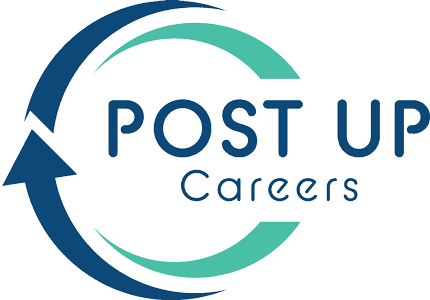The term "recession" is being thrown around quite a bit lately. Whether or not the US is in a recession doesn’t matter for our purposes. The mere mention of the word terrifies most job seekers.
Why? Well, recessions mean layoffs and you'd rather stay in your current job rather than change jobs and get laid off, right? First one in, last one out? Maybe, maybe not.
Layoffs are happening today. We’ve all seen the headlines about Amazon, Meta and Microsoft, but today’s layoffs aren’t limited to tech companies. So, it’s important that we dispel the notion that staying in your role makes you immune to a layoff. The breadth of these layoffs means that good, productive, and hardworking people are being let go.
I’m here to tell you this: now is the time to prepare for your next job search.
The time for that search may come because you actively choose to find your next role or it may be that you’re one of the tens of thousands that are being handed a pink slip that forces your hand.
When uncertain times are upon us, the best possible thing that you can do is prepare.
Preparing today can shorten your time actively searching, which can mean a huge difference in your pocketbook given the average job search is anywhere between 3 and 6.5 months in the US for 2022.
Maybe you get a severance to help bridge that gap, but if you're laid off, you want to be employed sooner rather than later regardless of if your severance is 1 week or 6 months!
Preparation for a job search requires just four steps. Preparing doesn't require you to actually apply, but when you prepare for something, you set yourself up for success.
Steps you can take today:
1. Research companies in your industry or related industries to identify potential employers and their current hiring/ layoff activities.
· Look at your current employer’s competitors and in parallel industries for jobs you currently are doing and jobs that you would like to do next. Who is hiring? Who is firing?
· Make a list of companies that you would be interested in working for and then check to see if you have any contacts there. Save this in a spreadsheet or a OneNote.
2. Update your resume.
- Look at your current job description at a high level and make note of what it is you do on a daily basis and start there.
- Write down how you've impacted your role. What problems have you solved? What processes have you improved? What projects have you managed? What was the result of each of the items you identified? Track down as many quantifiable data points – numbers – as you can to tell these stories.
- Complete this same exercise for every role you’ve had in the last seven to 10 years.
3. Get your LinkedIn profile ready.
- You may be wondering, "what if my employer sees me update it?" If this could be an issue for you, look at who has viewed your profile recently. If it’s being re internally, maybe you don't update it immediately, but you can get the content ready.
4. Reach out to your professional network.
- Using your research from Step 1, set up conversations with contacts at those companies you're interested in. And if you don’t have contacts there, think about "who knows you" professionally and do the same. These can be 15-minute informal “catch ups” or introductions to build the connections you’ll need once you’re ready to actively search for your next role.
Preparation is the key to success in everything you do, so now is the best time for you to prepare for a job search, because, whether it’s days, weeks, or years down the road, you will eventually be searching for what’s next and your work today will pay dividends when that time comes.





